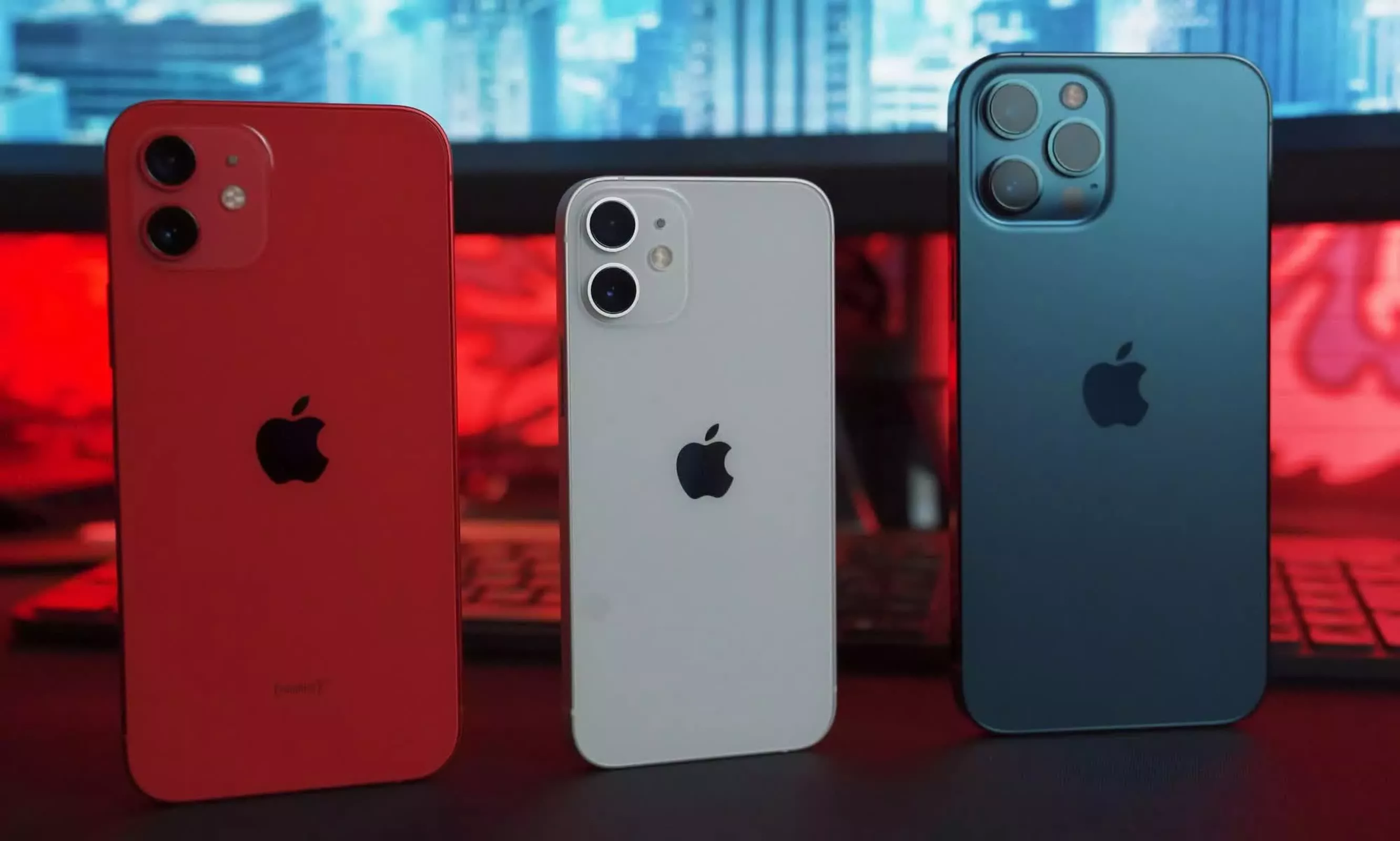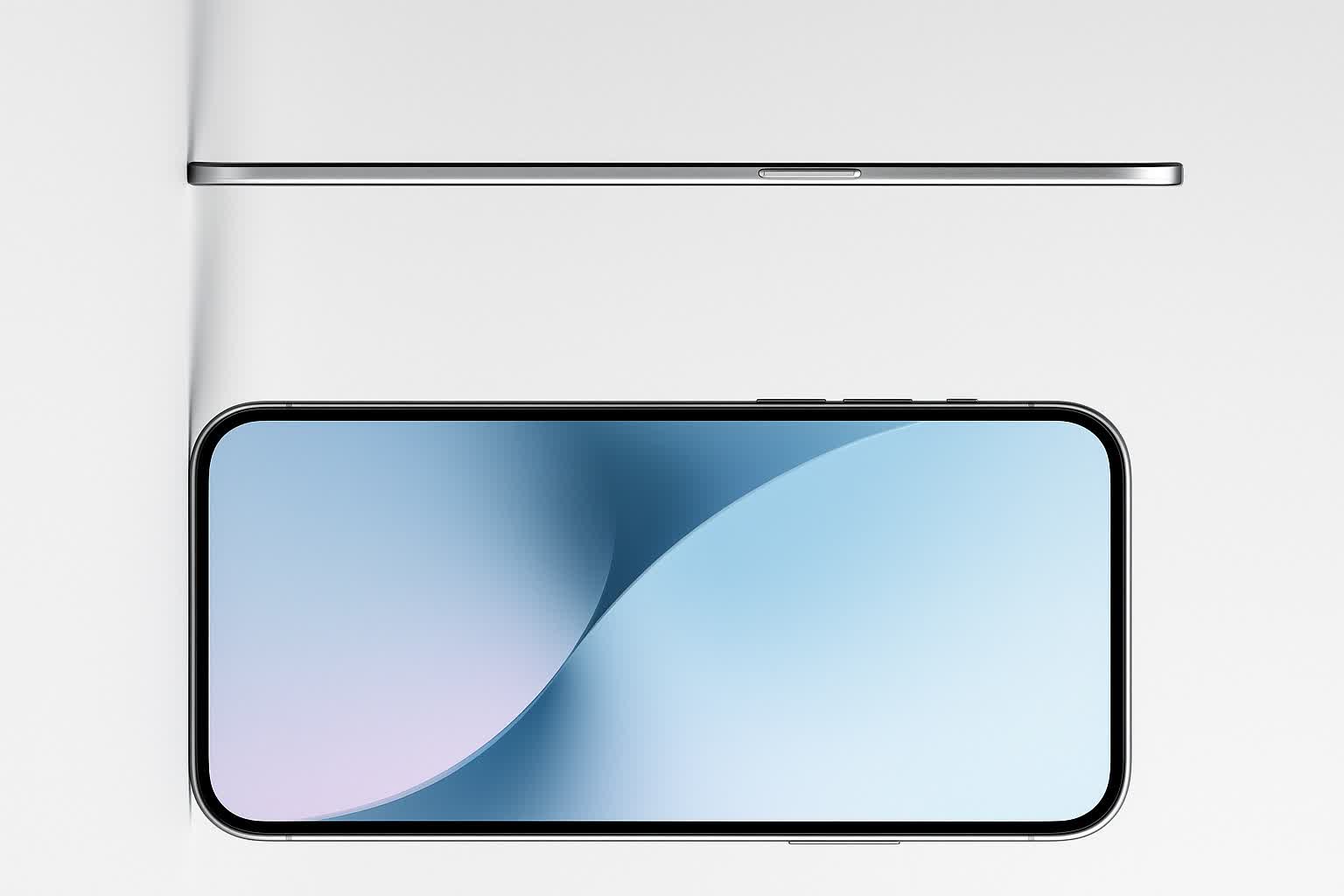Cutting corners: Now that Samsung has unveiled the Galaxy S25 Edge, attention has turned to Apple's upcoming ultra-thin rival handset, the iPhone 17 Air. The device is expected to debut this fall with a thickness almost half that of a normal iPhone. According to rumors, this doesn't mean every element will have compromises, but there will be areas that could disappoint, especially the battery life.
Samsung has made a lot of headlines with the release of the Galaxy S25 Edge, which measures just 5.8mm thick, not counting the camera bump. But Apple's iPhone 17 Air – expected to launch this fall – is said to be even thinner at 5.5mm.
That level of thinness means the Air won't be able to match the model it's replacing, the iPhone 16 Plus, in every area. However, it will have a 6.6-inch OLED display with LTPO, making it the first non-Pro iPhone to do so. There will also be features such as 120Hz ProMotion and always-on functionality.
Elsewhere, the iPhone 17 Air is expected to pack the same A19 chip as the rest of the iPhone 17 lineup. It will also come with 8GB of RAM and MagSafe wireless charging.
Finally, the price of the iPhone 17 Air is believed to be under $1,000, possibly around $899. But it was recently reported that Apple is going to increase the prices of its next generation of iPhones, though it will avoid blaming Trump's tariffs for the hikes, so this rumor may prove wrong.

That's the good news. The bad news is that the iPhone 17 Air will have a single rear camera: a 48MP sensor with 2x optical zoom.
Something else the iPhone Air will only have one of is a speaker. There will be a single, enhanced earpiece speaker as the phone is too thin for a second speaker to be placed at the bottom.
Another potential disappointment is the iPhone 17 Air's lack of support for mmWave 5G. The handset will be one of the first iPhones to use Apple's in-house 5G modem, the C1. The iPhone 16 Plus uses Qualcomm's Snapdragon X75 5G modem, which supports mmWave 5G.
Then there's what could be the biggest drawback of them all: the battery life. Reports state that between 60% and 70% of users will be able to use the handset for a full day on a single charge, whereas that figure is between 80% and 90% for other iPhones. Apple may use Apple Intelligence to improve the Air's battery life, and Cupertino plans to introduce a new battery case accessory specifically for the iPhone 17 Air.
The ultra-thin iPhone 17 Air: where Apple may cut corners – and where it won't
